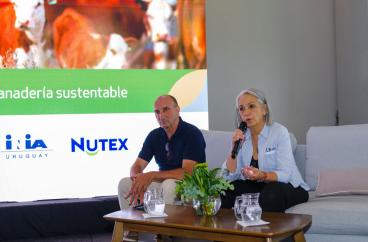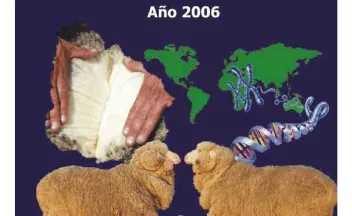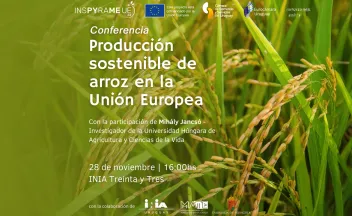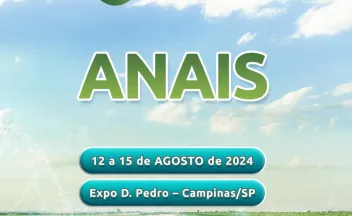
Instituto Nacional de Investigación Agropecuaria

Introducción. -- Evaluación Genética Poblacional. -- Información Presentada. -- Otras características. -- Clasificación visual en categorías. --


En Uruguay el uso de herbicidas imidazolinonas (IMIs) es la principal herramienta utilizada para el manejo de arroz rojo en el cultivo de arroz. El objetivo de este trabajo fue cuantificar por medio de bioensayos, el potencial efecto residual de los herbicidas IMIs aplicados en el cultivo de arroz sobre la implantación y desarrollo inicial de especies forrajeras sembradas en estas rotaciones.

ABSTRACT.- Mediterranean ecosystems are predicted to undergo longer and more intense summer droughts. The mechanisms underlying the response of herbaceous communities to such drier environments should be investigated to identify the resilience thresholds of Mediterranean rangelands. A 5-year experiment was conducted in deep and shallow soil rangelands of southern France. A rainout shelter for 75 days in summer imposed drier and warmer conditions. Total soil water content was measured monthly to model available daily soil water.